1. Hoi An Ancient Town
The corner "From Hoi An with love" is famous among young people (Photo source: Collected)
Recognized by UNESCO as a World Cultural Heritage since 1999, Hoi An Ancient Town is an architectural gem bearing the mark of Asian-European cultural exchange, and is also one of the cultural heritages in Da Nang (after merging with Quang Nam province from July 1, 2025). Located on the poetic Thu Bon River, Hoi An attracts visitors with its quiet, ancient and poetic beauty, which is rarely preserved intact anywhere else.
Walking on the mossy stone-paved streets, among the yellow walls stained with sunlight and time, visitors seem to be lost in the space of the 17th-19th centuries. The ancient town complex includes more than 1,360 relics: ancient houses, assembly halls, temples, of which the most prominent is the Japanese Covered Bridge - a typical symbol of Hoi An with Japanese architecture mixed with Vietnamese - Chinese culture. Every street corner, tiled roof, and porch tells a part of the history of the once busiest trading port in Southeast Asia.
Discovering Hoi An is a journey that awakens all the senses: leisurely cycling through peaceful villages, sitting on a boat watching the sunset on the Hoai River, or immersing yourself in the night festival with brilliant lantern lights. Not simply a tourist destination , Hoi An is also a place that preserves the depth of memories - where the past and present go hand in hand in every step of the traveler.
2. My Son Sanctuary
My Son Sanctuary - Relics of an era (Photo source: Collected)
Located about 40km west of Hoi An ancient town, My Son Sanctuary is one of the cultural heritages in Da Nang that is especially prominent after Quang Nam merged into the city from July 1, 2025. Recognized by UNESCO as a World Cultural Heritage since 1999, this place was once an important religious and political center of the ancient Champa Kingdom, with immense historical - architectural - religious value.
In the middle of a valley surrounded by mountains, My Son appears with a complex of more than 70 brick temples, built from the 4th to the 13th century, demonstrating the unique architectural techniques and Hindu beliefs of the Cham people. Each temple has its own shape and function, creating a sacred space system with a cultural depth that is difficult to match anywhere else.
Not only is My Son an attractive archaeological destination, it is also a place for visitors to learn more about Champa culture through rituals, sculptures, and legends passed down through generations. This is an indispensable piece in the journey to discover the cultural and historical values of the Central region, and at the same time contributes to the unique identity of Da Nang city after the merger.
3. Ma Nhai Ngu Hanh Son
Unique Ma Nhai - Ngu Hanh Son (Photo source: Collected)
Despite being a "newcomer" in the most prominent heritage triangle in the Central region, Ma Nhai Ngu Hanh Son is still a cultural heritage in Da Nang with special value. In 2022, UNESCO officially listed Ma Nhai in the Memory of the World program for the Asia-Pacific region, recognizing it as one of the most unique documentary heritages in Vietnam. The space to preserve the heritage is not in a museum, but is present right on the natural cliffs of the Ngu Hanh Son scenic spot - a lively "stone library" in the heart of the city.
"Ma nhay" is a term used to refer to documents carved directly on stone. At Ngu Hanh Son, there are currently 78 ancient documents carved in Han and Nom characters, with rich content ranging from Nguyen Dynasty literature, Buddhist poems to notes of intellectuals and high monks over the centuries. These steles date from the 17th to the 20th century, truly reflecting the cultural and historical context spanning hundreds of years on this sacred land.
After merging with Quang Nam in July 2025, Da Nang city will own three top destinations: Hoi An Ancient Town, My Son Sanctuary and Ngu Hanh Son, creating a heritage city of rare scale and depth. This convergence not only enhances the cultural value of the Central Coast region, but also opens up the potential for developing inter-route heritage tours, taking visitors from moss-covered streets, to the mysterious Cham towers, and ending with a journey of contemplating knowledge on stone - all in a single exploration.
Source: https://www.vietravel.com/vn/am-thuc-kham-pha/kham-pha-3-di-san-van-hoa-the-gioi-khi-cua-da-nang-moi-v17521.aspx


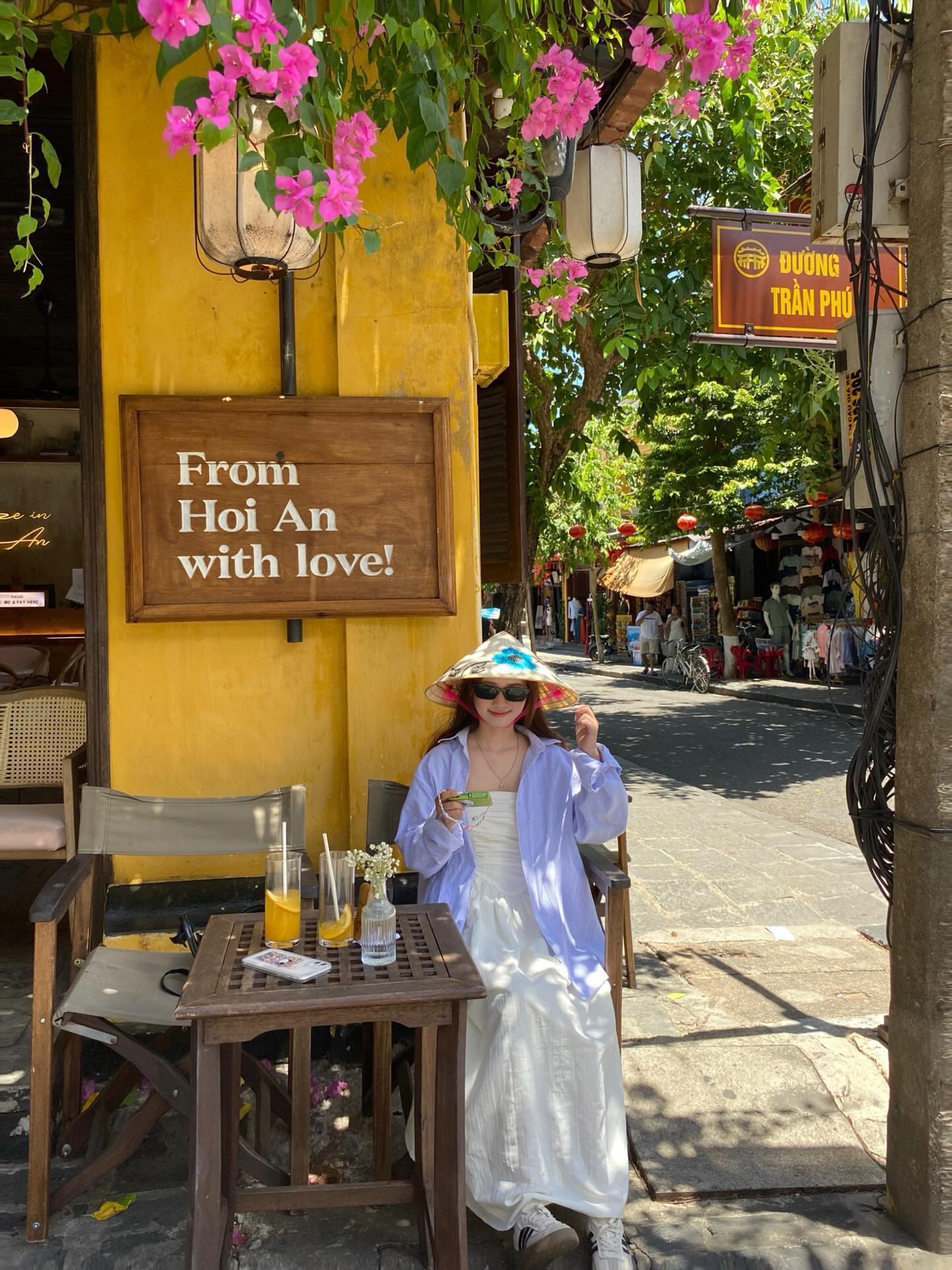
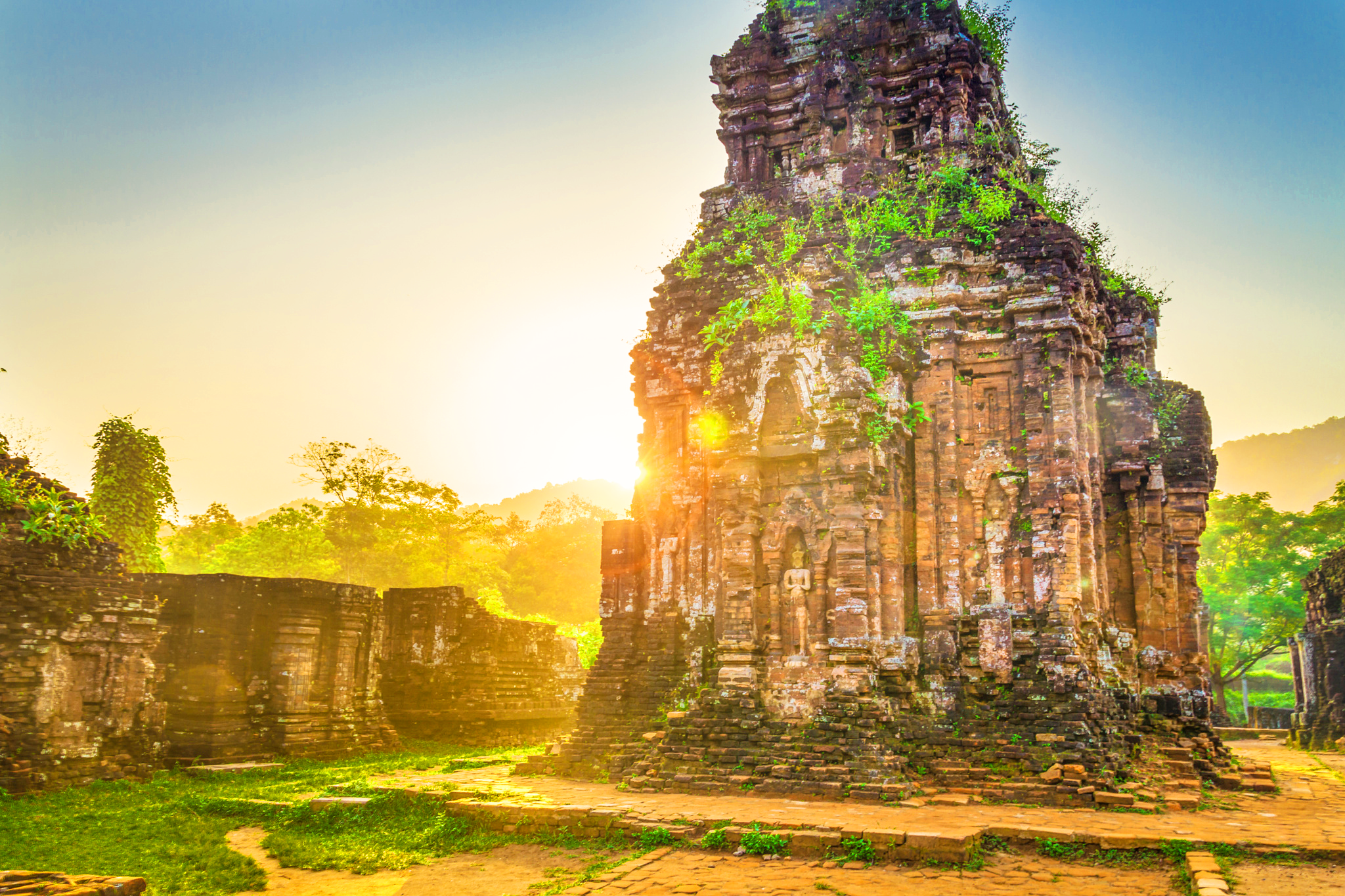
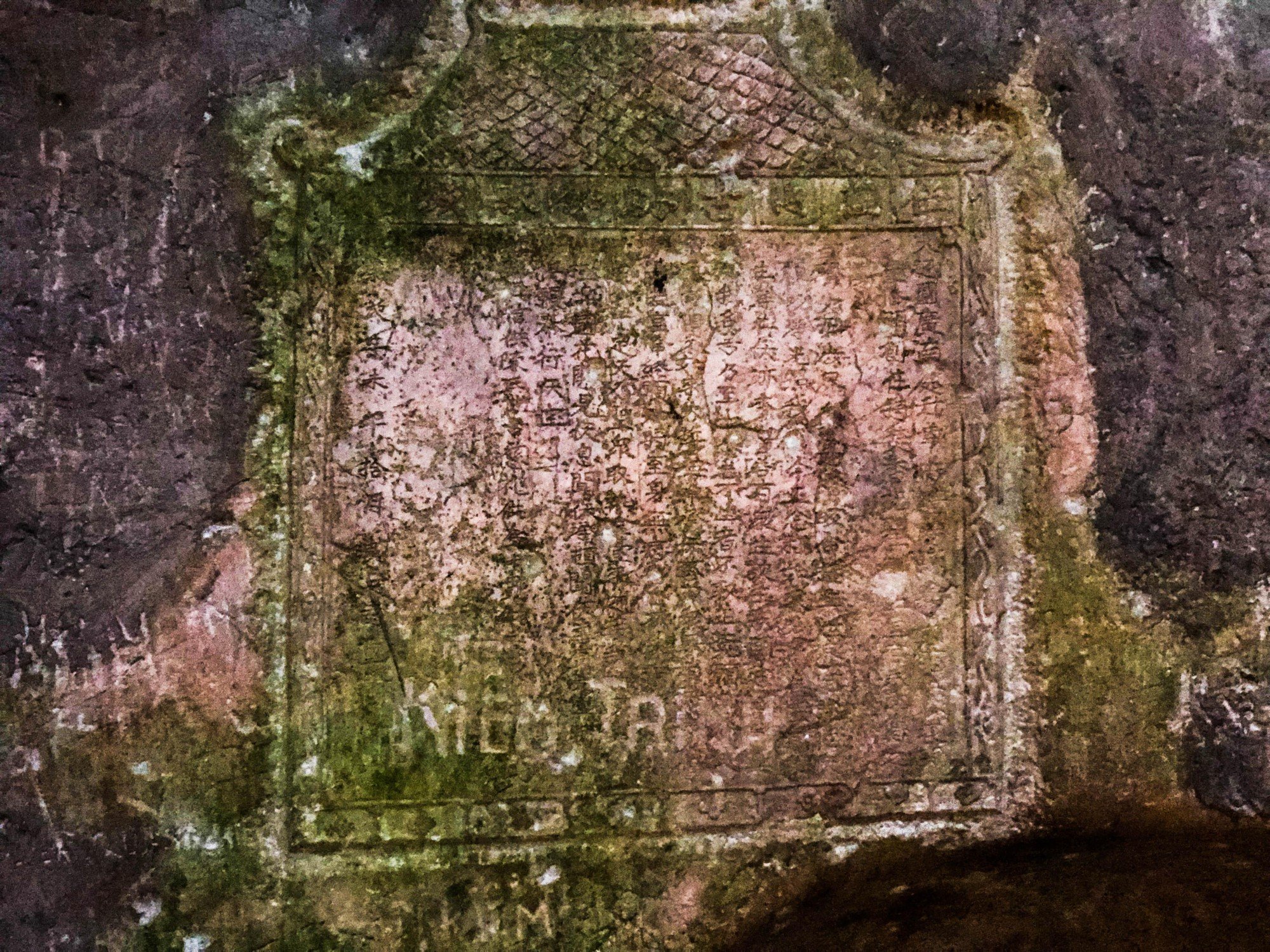
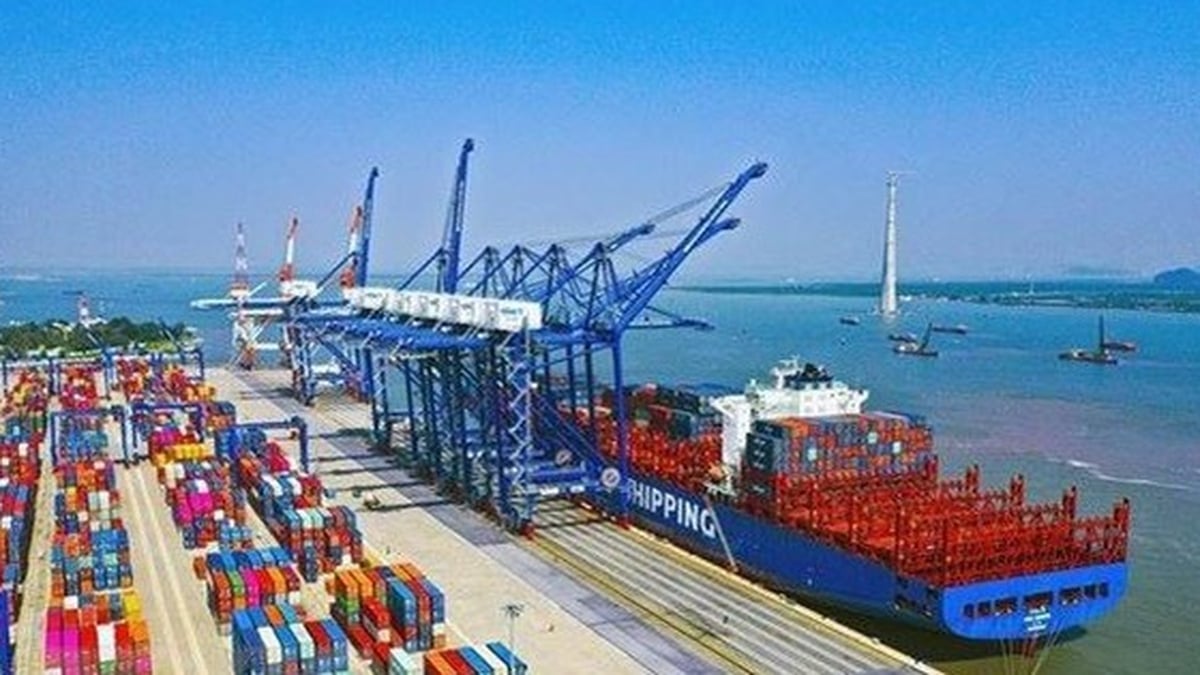

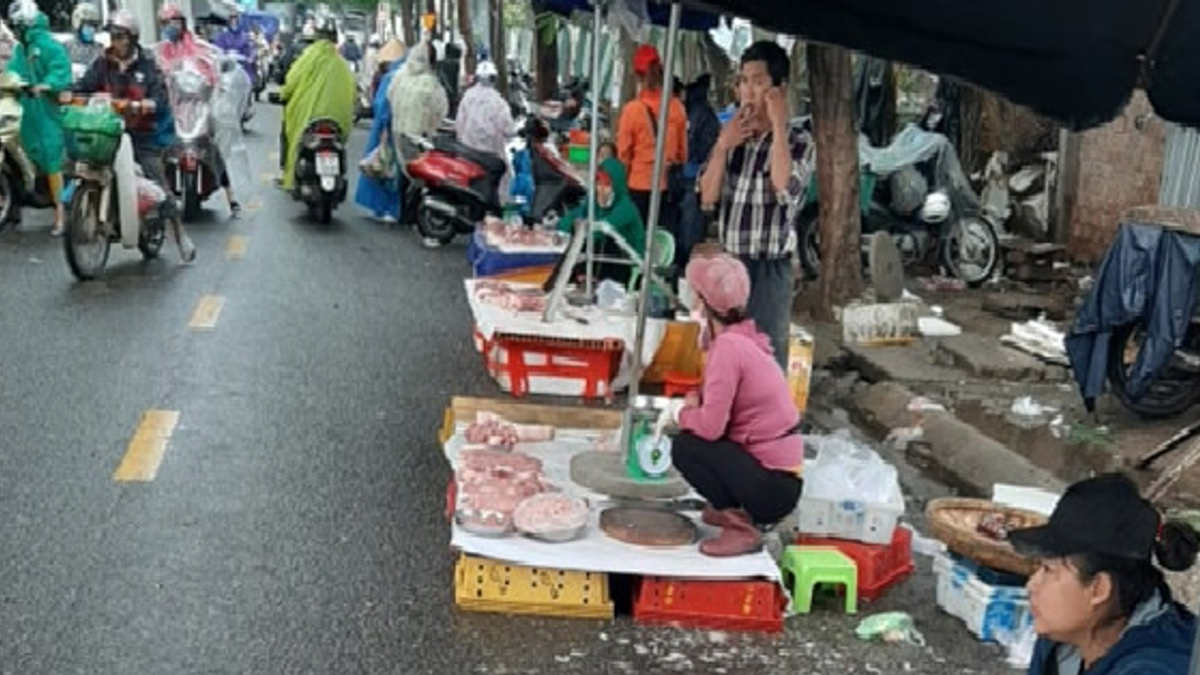



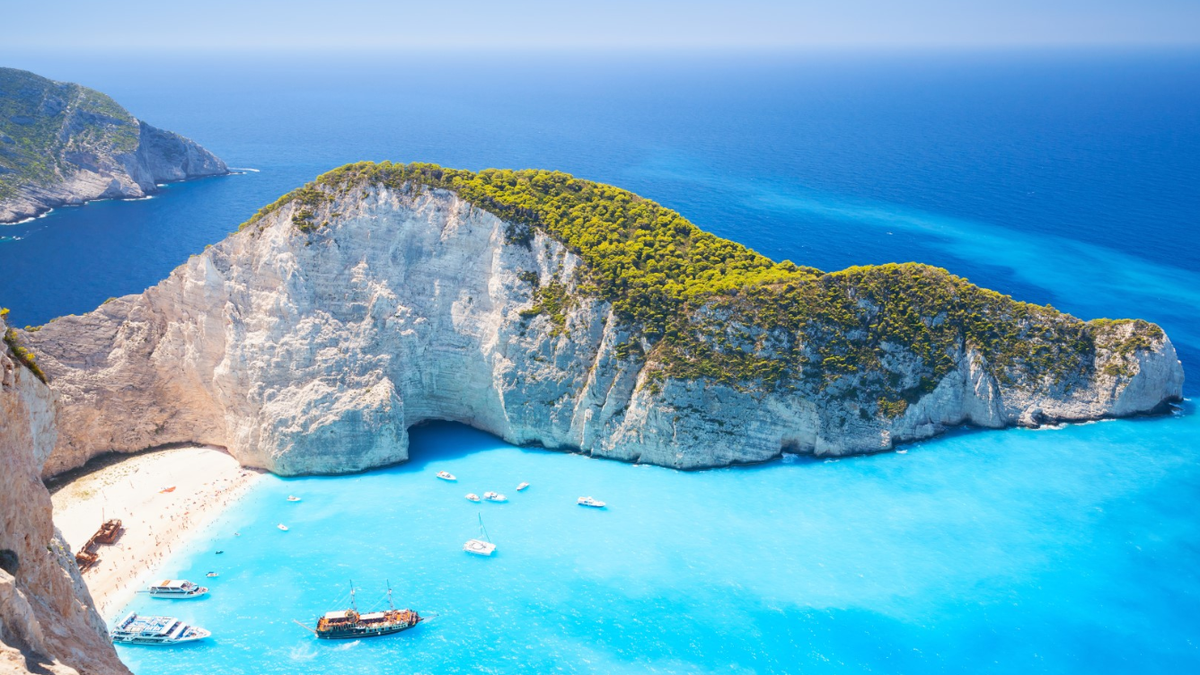

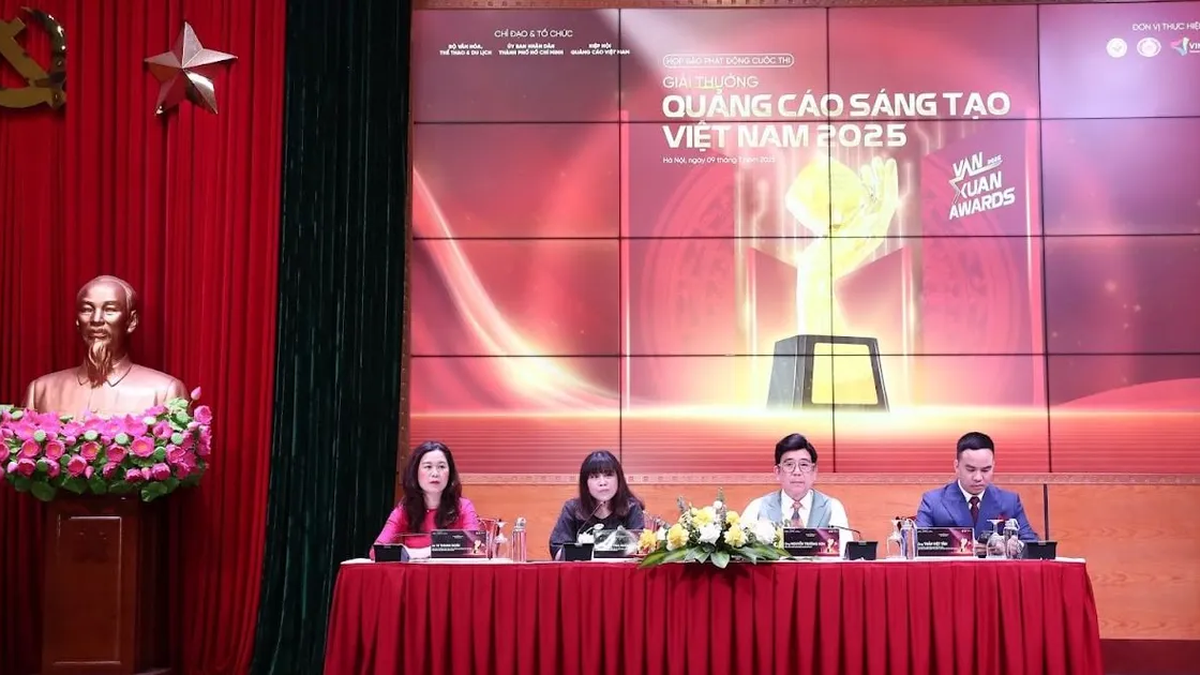
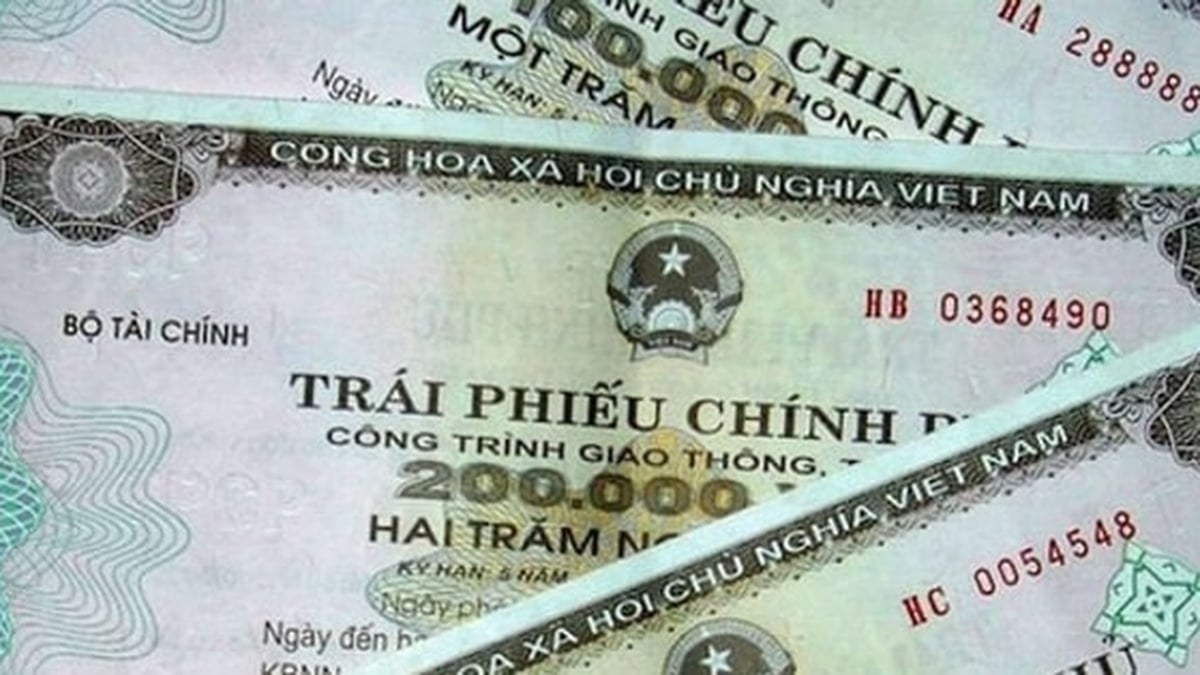











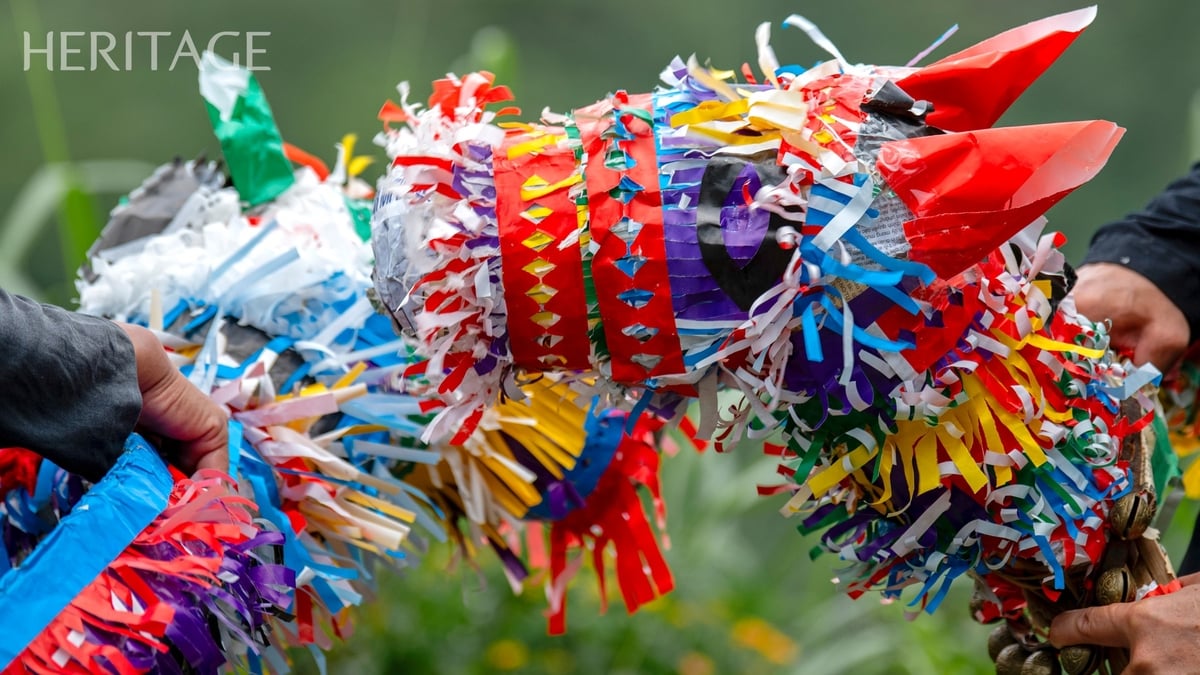








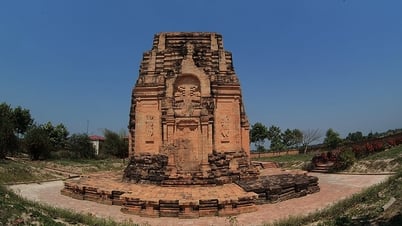

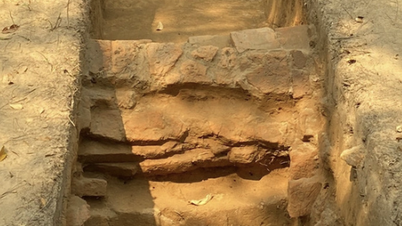




















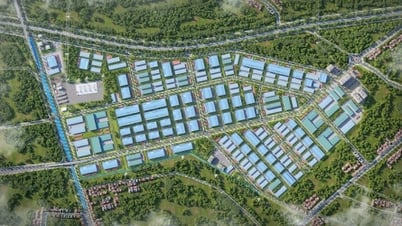











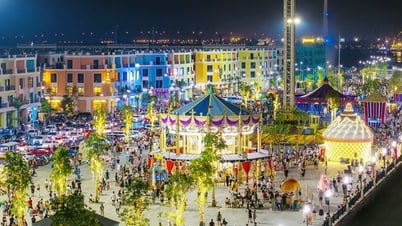


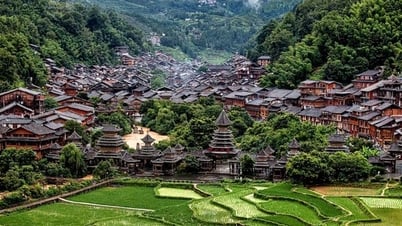
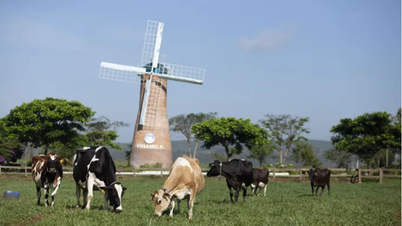

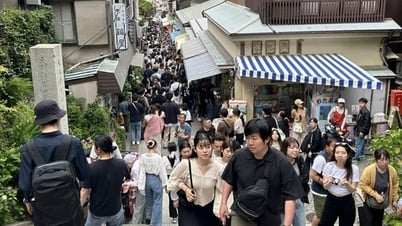



















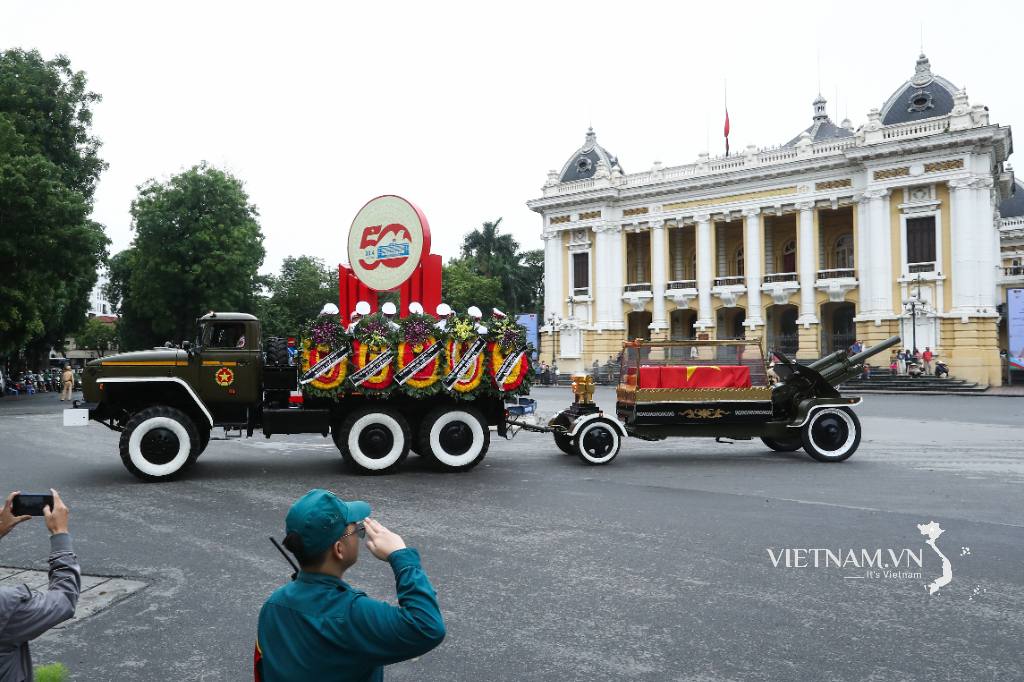
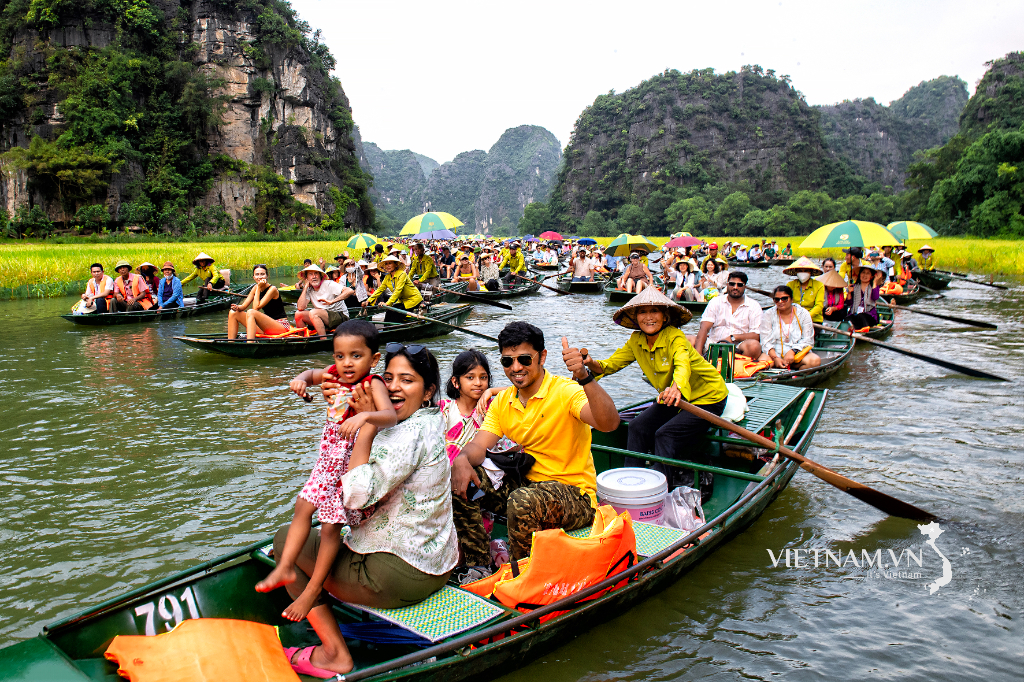

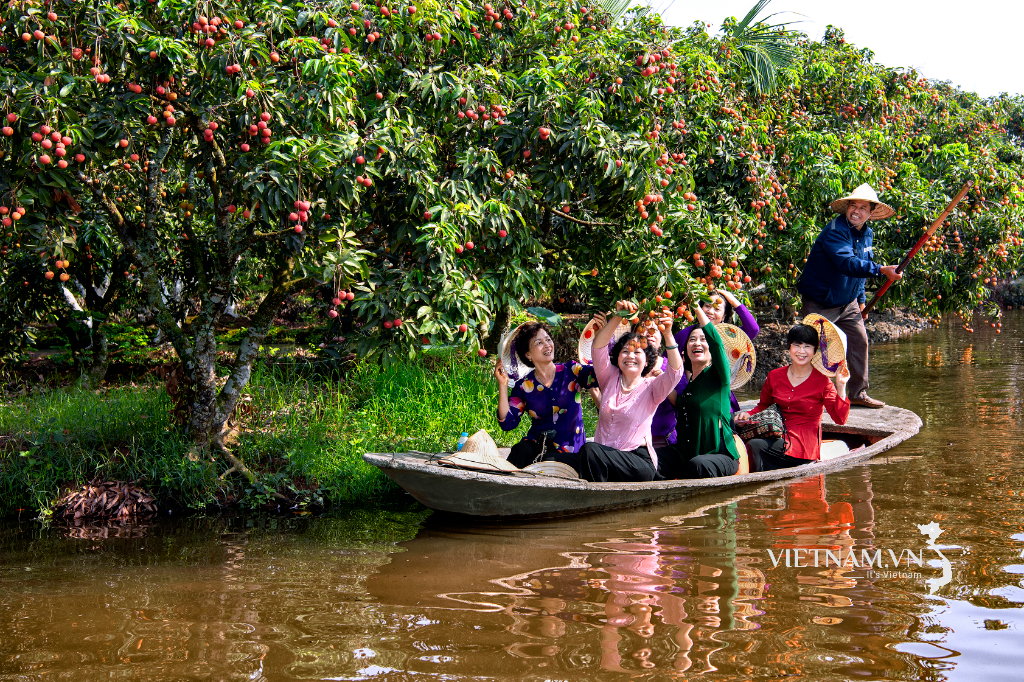
Comment (0)